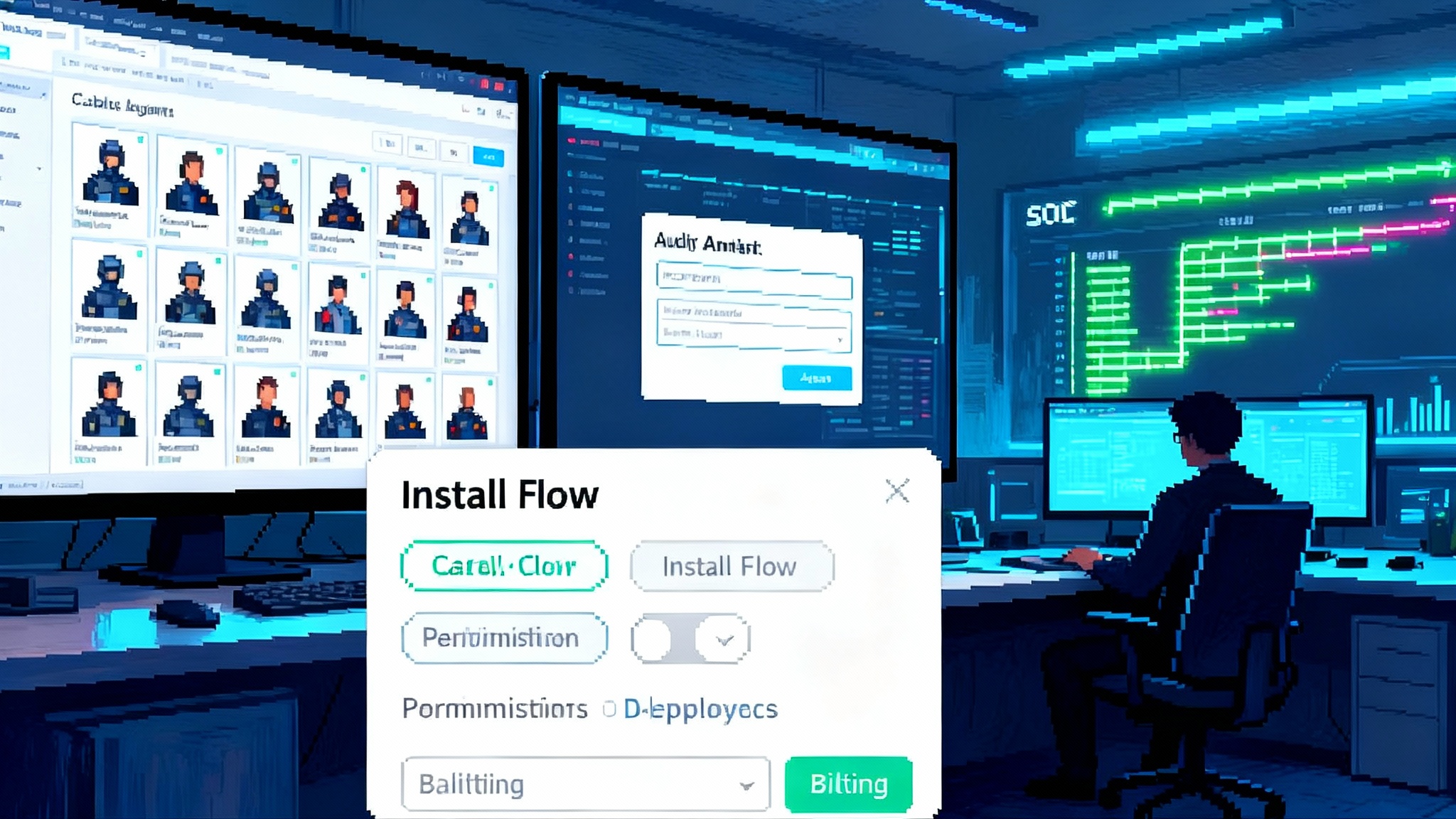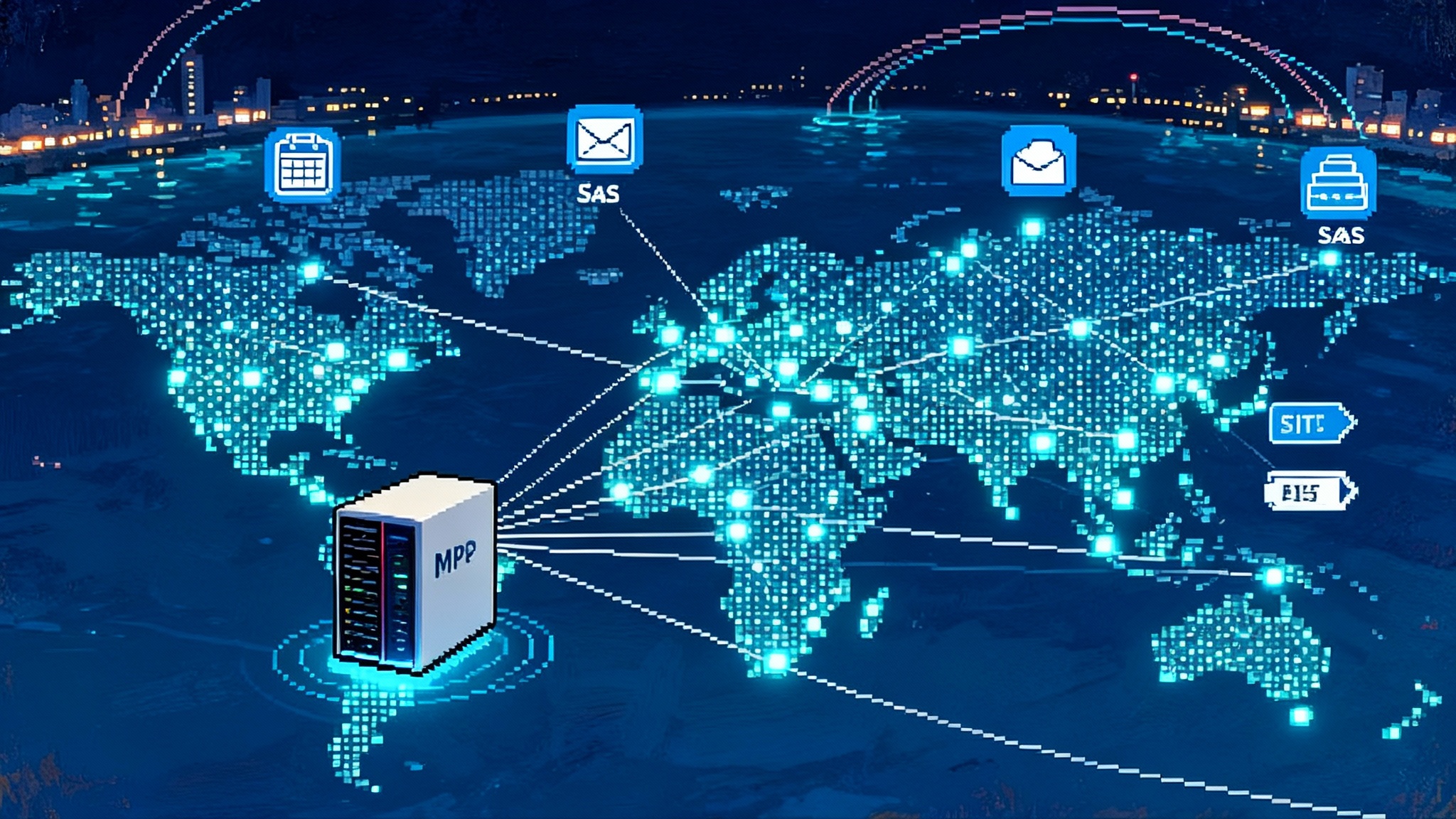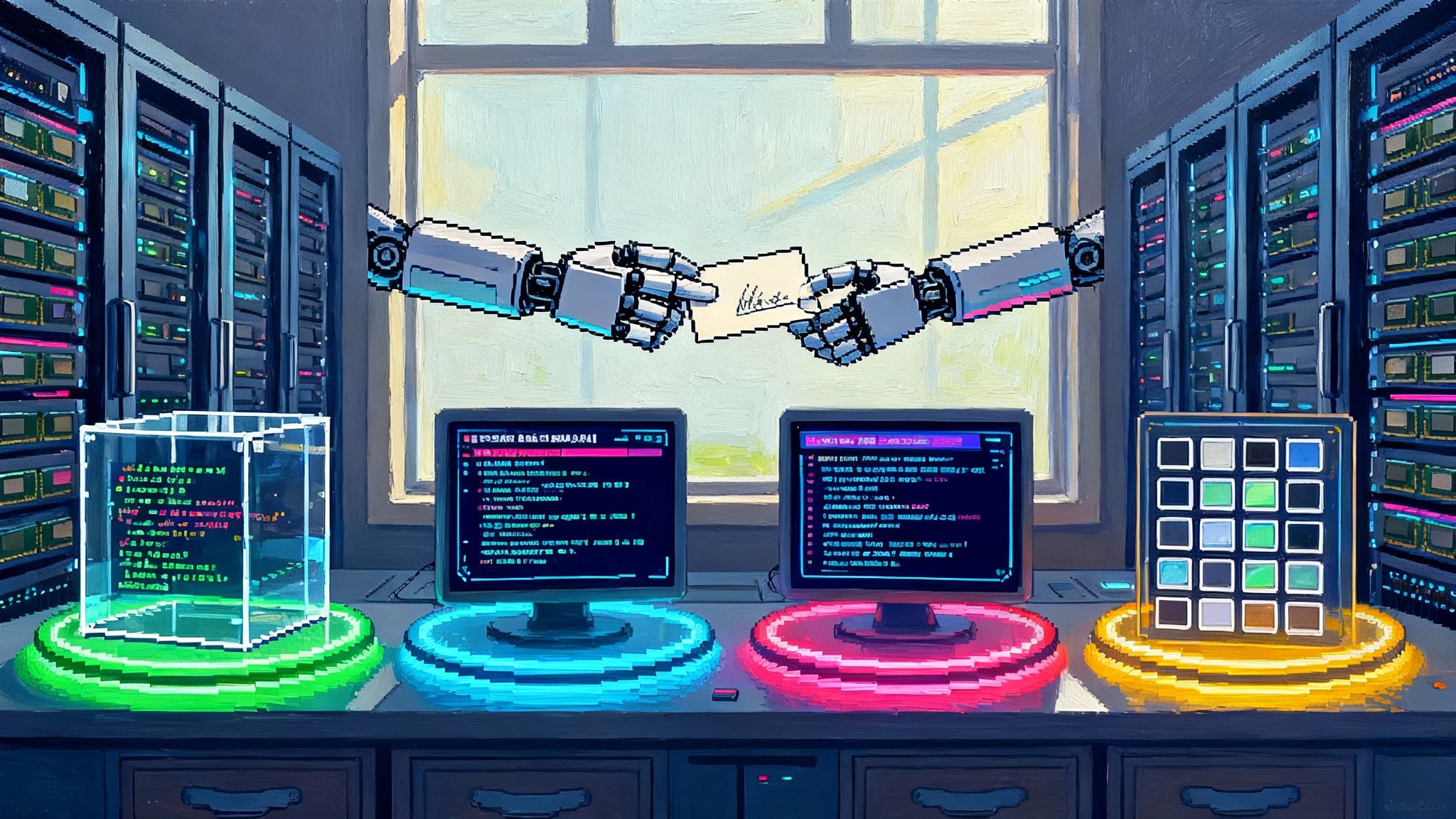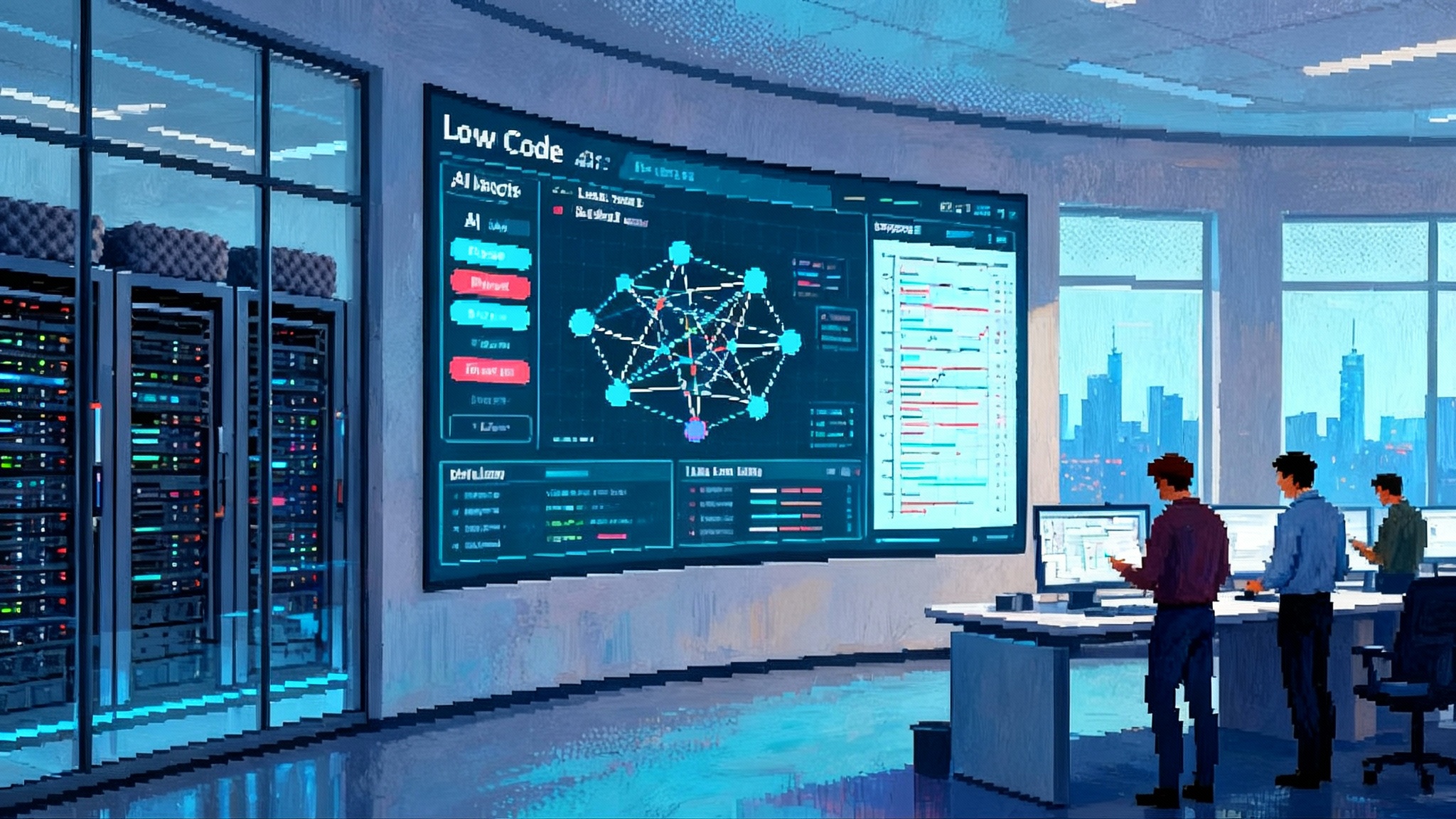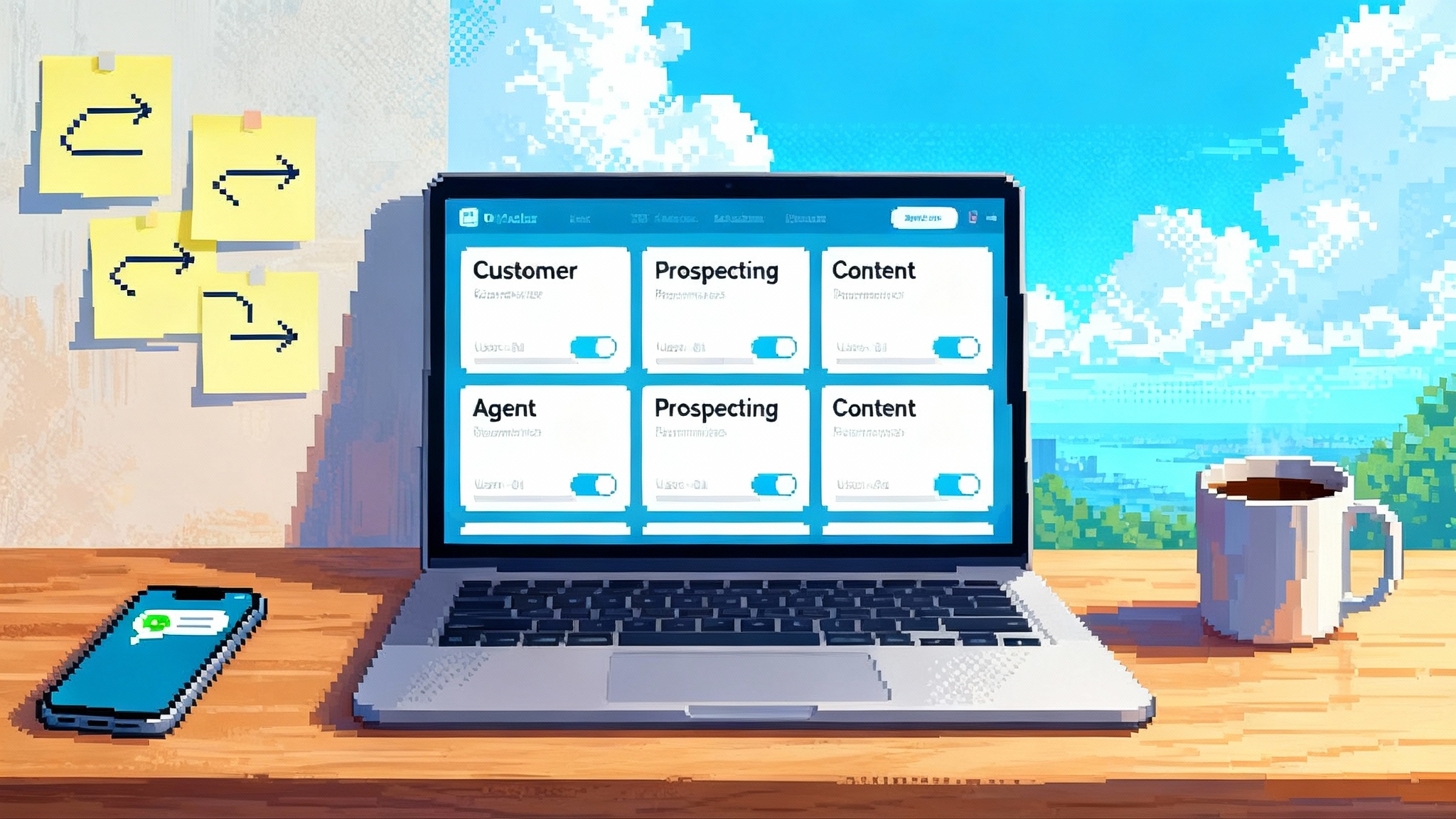Amazon Bedrock AgentCore makes AI agents production ready
Amazon Bedrock AgentCore turns agent ideas into governed services. Isolation, eight hour runs, persistent memory, identity, observability, a secure browser, and an MCP tool gateway give enterprises a reliable base to ship.

The missing runtime arrives
In July 2025, Amazon Web Services previewed Amazon Bedrock AgentCore and quietly changed how enterprises think about production agents. For years, teams could sketch clever demos. They could not keep those demos alive under audit, budget, and multi-team reality. AgentCore steps into that gap as a runtime that is opinionated about safety, reliability, and operations. It is not a new model. It is the scaffolding, wiring, and breaker panel that let intelligent systems run all day without burning down the house.
AgentCore focuses on the parts that hurt most in production. Sessions are isolated so one user’s actions cannot bleed into another. Long-running tasks do not fall off a cliff after a minute. Memory persists across steps with rules that match compliance needs. Identity is first class, so an agent can act as a real user with the right scope and nothing more. Observability is built in, so you can measure and improve instead of guessing. A secure browser and a code sandbox let agents touch the outside world without handing them the keys to your network. A gateway for Model Context Protocol tools means you can bring a growing ecosystem of utilities into a single, governed entry point.
Together these pieces close the space between invention and operation. They give platform teams a place to anchor policy and cost, and they give application teams a way to build without re-inventing the hard parts every quarter.
What AgentCore actually is
Think of AgentCore as an air traffic control tower for agent workloads. The models are the planes. The tools are the runways, fuel trucks, and gates. AgentCore coordinates traffic so flights can depart, hold, divert, and land safely. It also keeps the logs that regulators and reliability engineers expect to see.
At its core, AgentCore provides a durable execution engine that tracks the state of each conversation or job, routes calls to models and tools, and enforces policy at each hop. It is designed so that multiple teams can share it without stepping on each other, and so that security and compliance leaders can reason about it with the same confidence they bring to traditional services. This lines up with a broader shift we have covered, where the data plane becomes a control surface for agents. If that framing resonates, revisit our take on the data layer as control plane.
The preview features that change production reality
Below are the built-ins from the July 2025 preview and why each one matters.
Session isolation
Isolation means every user, tenant, or workflow runs in its own clean room. Memory, tools, and credentials are scoped to that room. If a customer service agent resolves a refund in one session, that information does not surface in another customer’s chat. In practical terms, this prevents data leaks and makes debugging sane. When a session misbehaves, you can pause it, inspect it, replay it, and fix it without risking blast radius across the fleet.
A helpful way to picture this is a hotel with many rooms. Housekeeping cleans each room between guests. The hallway is shared, yet the rooms do not mix belongings. AgentCore gives you those locks, check-in logs, and turn-down reports for agent processes.
Up to 8-hour runs
Many enterprise tasks do not finish in a few seconds. A procurement agent might gather quotes, wait for a portal to respond, run a compliance check, then draft a purchase order. With up to eight hours of execution, the agent can keep state across waits and retries. That keeps the logic simple and removes brittle crutches like external cron jobs or human babysitting. Long runs also open the door to batch backfills, report generation, and complex data migrations that would otherwise time out.
Persistent memory
Memory here is not a vague notion. It is specific data that gets stored with rules, retention, and scope. An insurance claims agent can remember the steps already completed in a claim, the documents collected, and the next required actions. That memory can be tagged with the policyholder’s region for data residency, scheduled to expire on a compliance timeline, and masked when shown to support staff. Persistent memory removes the groundhog day effect where agents rediscover the same facts over and over, and it gives audit teams a ledger they can trust.
Identity integrations: Cognito, Entra, Okta
Production systems must know who is acting and with which rights. AgentCore integrates with Amazon Cognito, Microsoft Entra ID, and Okta, so an agent can assume a user identity, a service identity, or a temporary scoped role. That lets you enforce least privilege. A sales assistant can read opportunities but cannot export the entire pipeline. A developer support agent can open a ticket in your system but cannot access customer health data. With identity at the core, access reviews and violation reports start to look like your other enterprise systems rather than a pile of custom scripts.
Observability as a first language
Agents are dynamic programs. Without deep visibility they drift into folklore and fear. AgentCore surfaces traces, token usage, tool calls, retries, and outcomes. You can pin a run to a version of prompts and tools, replay it with a fix, and compare the behavior. That brings agents into the same disciplines as modern services: service level objectives, error budgets, and measurable improvements. If you want a companion view on operational maturity, our breakdown of how SDKs and evals make agents dependable at scale is a helpful parallel.
Secure browser and code sandbox
Enterprises want agents to act, not just chat. The secure browser lets an agent navigate vendor portals, download statements, and fill web forms while respecting session boundaries, network policies, and data loss prevention. The code sandbox allows short computations, transformations, and light scripting. Both run with strict resource limits and vetted egress so that the worst case is a contained failure, not a new incident class. This is the difference between a helpful assistant and a help desk ticket generator.
An MCP-compatible tool gateway
The Model Context Protocol describes how tools can declare capabilities and how agents can call them. By supporting an MCP-compatible gateway, AgentCore gives enterprises a single doorway for tools that can be reviewed, approved, versioned, and monitored. This helps prevent the wild growth of custom adapters. It also makes procurement easier. A finance team can add a compliant document extractor once, then every approved agent can use it through the gateway with the same guardrails. We have already seen what happens when MCP moves closer to the infrastructure layer in our report on MCP at the network edge.
From prototype to governed workload
The move from a demo to a dependable service is always about control surfaces. You need to know who did what, when, with which data, and why it cost what it cost. With the preview, AgentCore puts control surfaces into the places that matter.
- Risk. Isolation and identity mean you can run real customer tasks without cross-contamination. The secure browser and sandbox keep tool use inside a walled garden.
- Reliability. Long runs and replayable traces reduce flakiness and raise the ceiling on what an agent can own end to end.
- Compliance. Persistent memory with retention and masking lets policy be enforced in code, not just on paper. Audit trails exist by design.
- Scale. The tool gateway and shared runtime mean platform teams can centralize the hard parts while app teams focus on domain logic.
The result is not a single magic agent. It is a base that many teams can share safely. That matters in large organizations where the second and third team make or break the platform story.
How it compares to homegrown orchestrations
Most companies began with bespoke stacks. A workflow engine here, a prompt library there, a handful of web automations, and a tangle of secrets stored in a spreadsheet or a sidecar. Those stacks work until they do not. The failure modes are familiar.
- Stateless loops. Agents forget what they were doing between steps, then re-run expensive calls or lose their place.
- Timeouts. A portal runs slowly or a human approval takes longer than expected, and the run dies with partial side effects.
- Identity sprawl. A dozen robot accounts exist with broad privileges that no one wants to rotate or audit.
- Tool sprawl. Every team writes its own connector with slightly different rules. No one owns the surface area.
- Opaque behavior. When something goes wrong, logs are incomplete. Reproduction is guesswork. Mitigation is stop and restart.
AgentCore does not guarantee perfection, but it standardizes answers to these traps. It treats agent work as long-lived, stateful, and policy-bound. If you are running one or two simple assistants, a homegrown stack might remain fine. If you expect dozens of teams and hundreds of workflows, a shared, opinionated runtime becomes the more economical and safer path.
What general availability needs to add
The preview marks a big step. General availability in 2026 will need to add pieces that close the loop for large, regulated, or cost-sensitive programs.
Agent to agent interoperability
Today, most agents act like single applications. Enterprises need them to collaborate. General availability should define simple, typed contracts so one agent can request work from another and get a reliable response. Think service to service but with the semantics of tasks rather than raw calls. That includes:
- Namespacing and discovery so teams can find and reuse agents without tribal knowledge.
- Delegation tokens that carry purpose, scope, and budgets across agent boundaries.
- Circuit breakers and quotas so a failing agent cannot cascade a meltdown.
Cost control and service level tooling
Teams need to measure and steer the price of each outcome. General availability should add:
- Budgets per tenant, user, project, and agent with hard and soft caps.
- Adaptive policies that adjust model choice, tool depth, and search breadth to hit a target cost or deadline.
- Service level objectives with run-level deadlines, partial credit for partial outcomes, and automated fallbacks when an objective is at risk.
- Clear cost attribution baked into traces so finance can cross-check bills with observed work.
Change management and policy
As agents evolve, they must change safely.
- Version pinning for prompts, tools, and memories with controlled rollouts and instant rollback.
- Policy-as-code for redaction, retention, and data residency with pre-flight checks and explainable denials.
- A staging lane where replayed production runs can validate new behavior before any real user is exposed.
Multi-tenant and cross-account scale
Large companies want teams to move fast while central teams hold the line on risk. General availability should tighten isolation between tenants, support cross-account deployments cleanly, and make data residency easy to express and prove.
A healthier tool marketplace
MCP opens the door to shared tools. Enterprises will want signing, provenance, and curation so they can trust what they install. Playbooks for security reviews and a store that surfaces safety metadata will help keep the ecosystem healthy.
A practical blueprint for adoption
If you plan to move agents into production in 2026, start with a small, real workflow and build the platform muscle as you go.
- Pick a process with clear value and bounded scope. Examples include invoice triage, carrier quote comparison, and internal knowledge routing. Avoid anything that requires irreversible high-risk actions on day one.
- Map identity and permissions first. Decide which users or service roles the agent can impersonate. Document the scopes and the approval path for expanding them later.
- Define memory deliberately. What does the agent need to remember, for how long, and who can read it. Set retention and masking rules before you ingest any data.
- Establish observability and objectives. Instrument traces, choose leading indicators, and write a short runbook for on-call that includes rollback steps and kill switches.
- Curate tools through the gateway. Start with a tiny set of vetted connectors. Prohibit ad hoc adapters. Require signing and versioning for anything new.
- Use the secure browser and sandbox to automate simple external actions. Keep the allowed destinations strict at first. Expand only with evidence.
- Pilot with a real team. Collect honest feedback about errors, missing features, and operator workload. Fold that into a short list of priorities for the next two sprints.
By the third pilot, you will have built the first layer of governance. You will also know whether the runtime is a good fit for your environment. If not, you will still have reusable artifacts: identity scopes, audit patterns, runbooks, and a library of tools.
What to measure to know it is working
- Time to first successful production run. If it takes weeks, the platform is too heavy or your scope is too wide.
- Cost per successful outcome. Do not focus on tokens in isolation. Look at the total price to finish the job.
- Incident rate and mean time to recovery. Agents will fail. The question is whether you can recover quickly with minimal user impact.
- Reuse of approved tools across teams. A rising reuse rate signals healthy platform adoption.
- Audit readiness. Can you produce a run record with inputs, outputs, identities, and policy decisions within an hour.
Why this accelerates regulated and multi-team adoption in 2026
Regulated industries move when they can prove control. AgentCore gives them a vocabulary of controls that match how auditors think: isolation, identity, retention, traceability, and least privilege. Multi-team adoption happens when platform teams can offer a paved road that is safer and faster than side paths. With a shared runtime and a tool gateway, you can ship a standard that unblocks five teams at once. The cost and service level gaps are real, but they are tractable. Once those arrive, executives will be able to set policy targets that drive unit economics across dozens of agents rather than haggling over one pilot at a time.
The practical impact is simple. In 2026, you will see agents own end-to-end jobs in finance, supply chain, and customer operations, not just assist chat windows. You will see fewer fragile glue scripts and more governed, shared utilities. You will see platform teams treat agents as first-class services with the same dashboards and deployment rituals as any microservice.
The bottom line
AgentCore does not try to be a brain. It tries to be a trustworthy nervous system for many brains acting together. By focusing on isolation, long runs, memory, identity, observability, safe action, and a real tool gateway, the July 2025 preview gives enterprises a credible base to build on. General availability will need agent to agent collaboration, cost and service level controls, and stronger change management. Those are additive rather than corrective. With those in place, the center of gravity moves from experiments to dependable, governed workloads that deliver measurable outcomes week after week. That is when production agents stop being novelties and start becoming an advantage.



